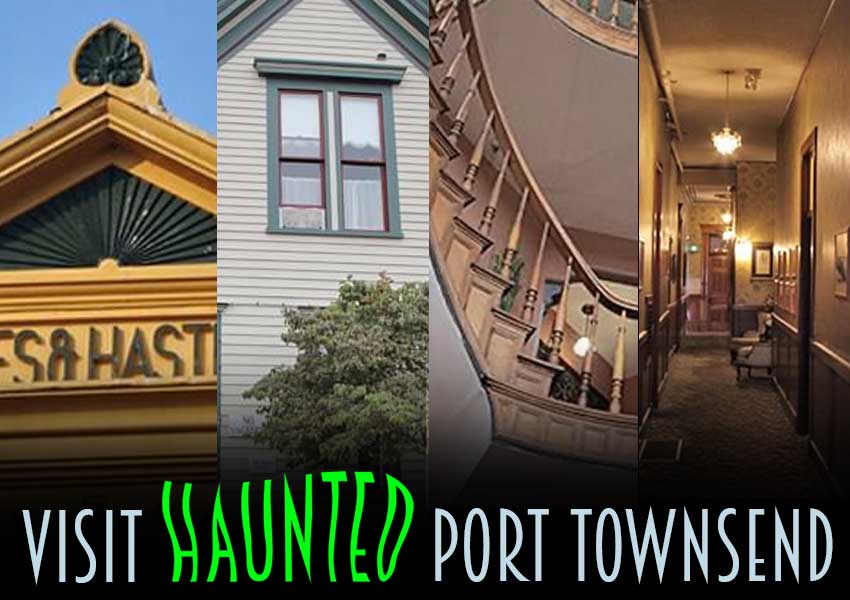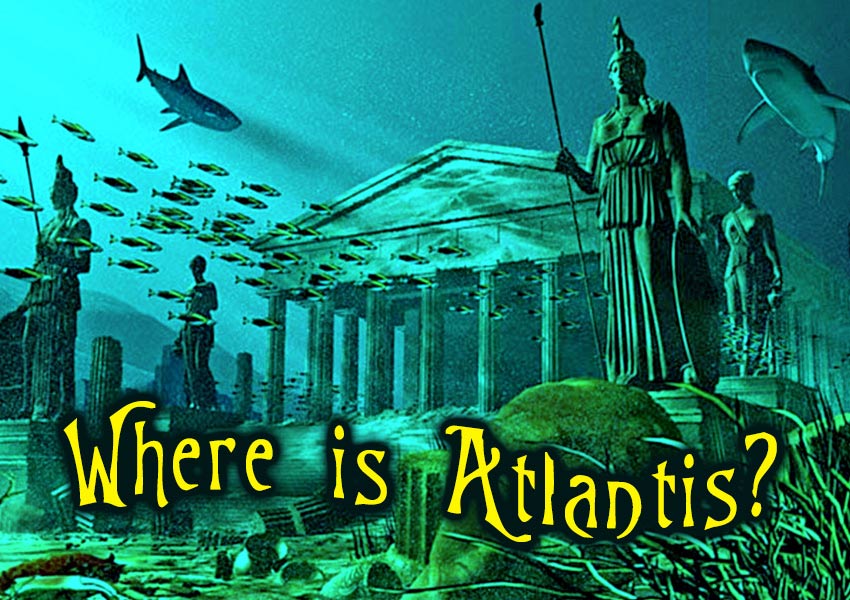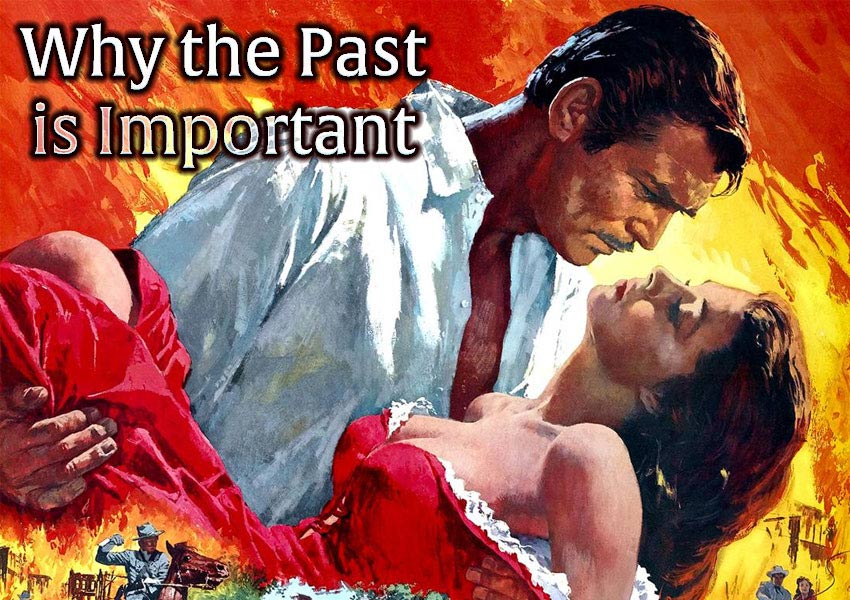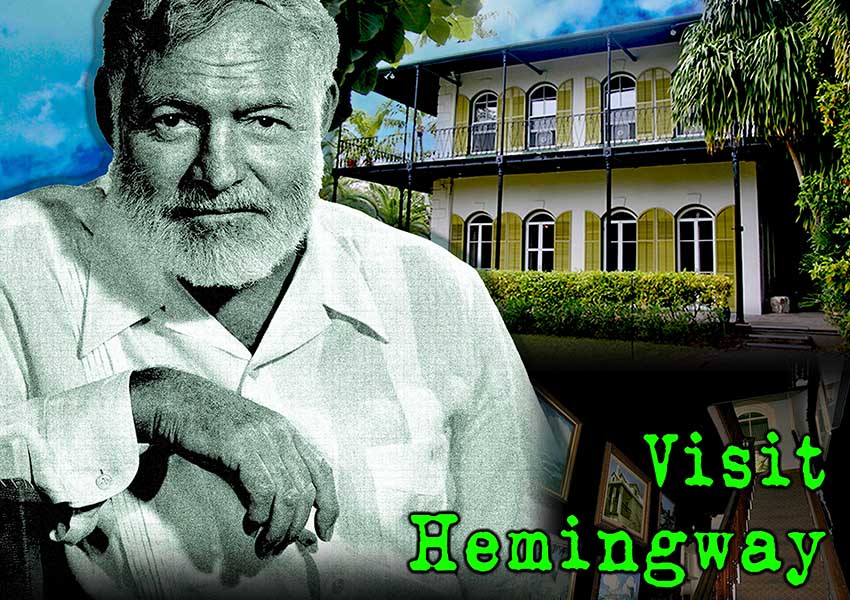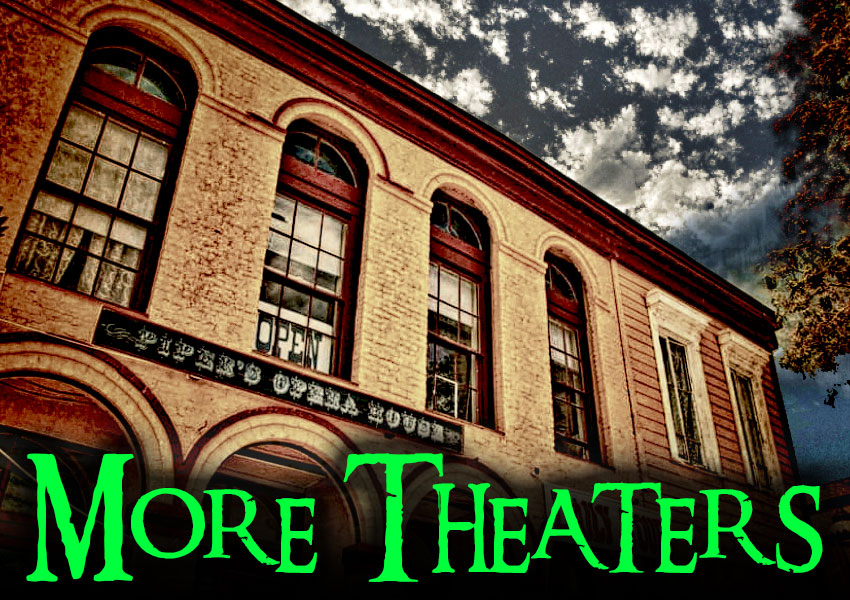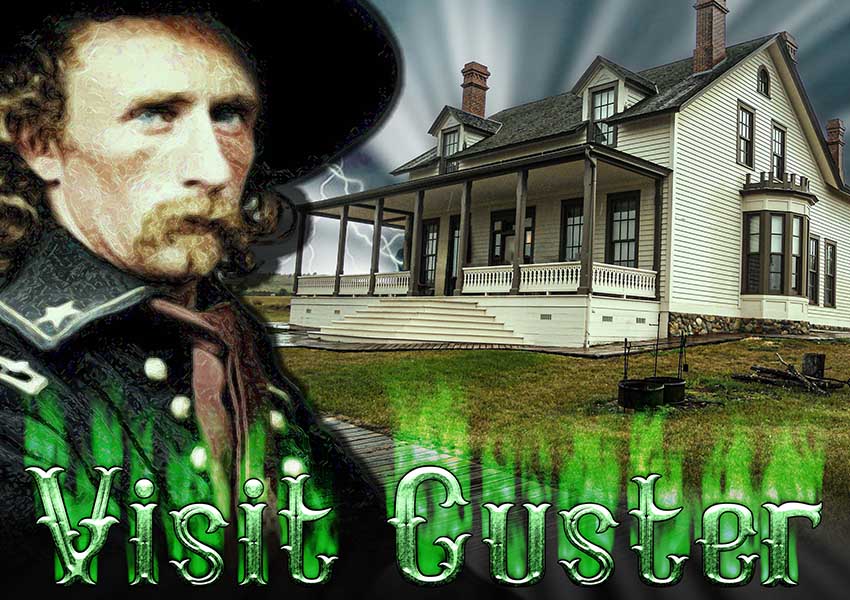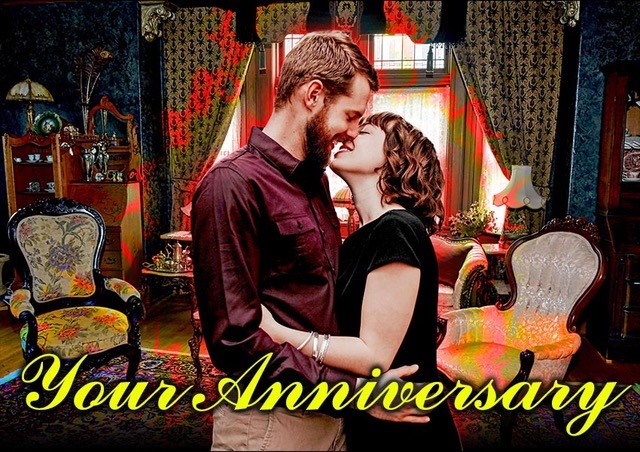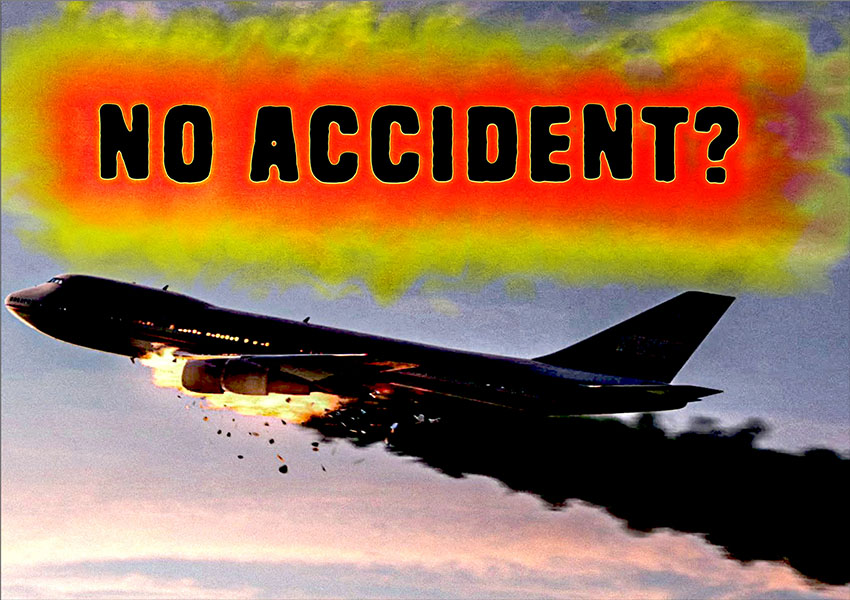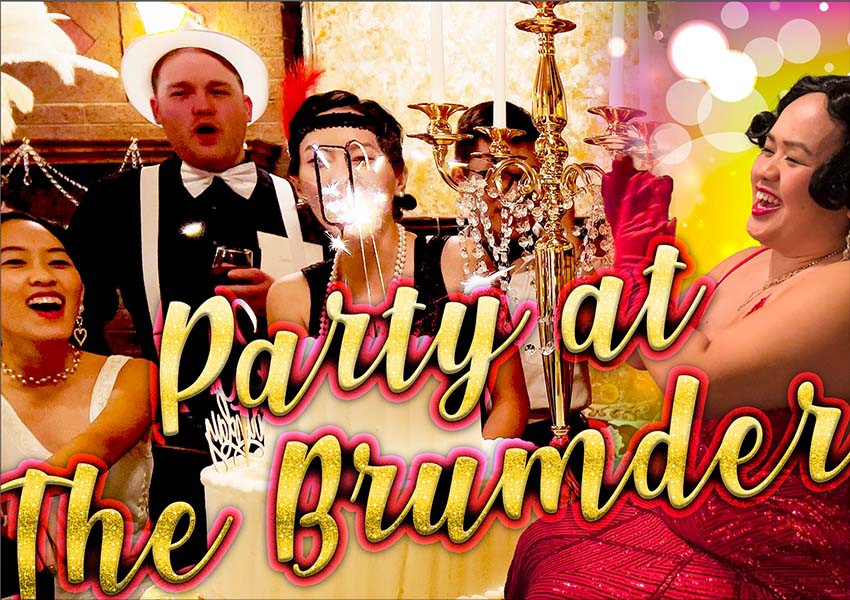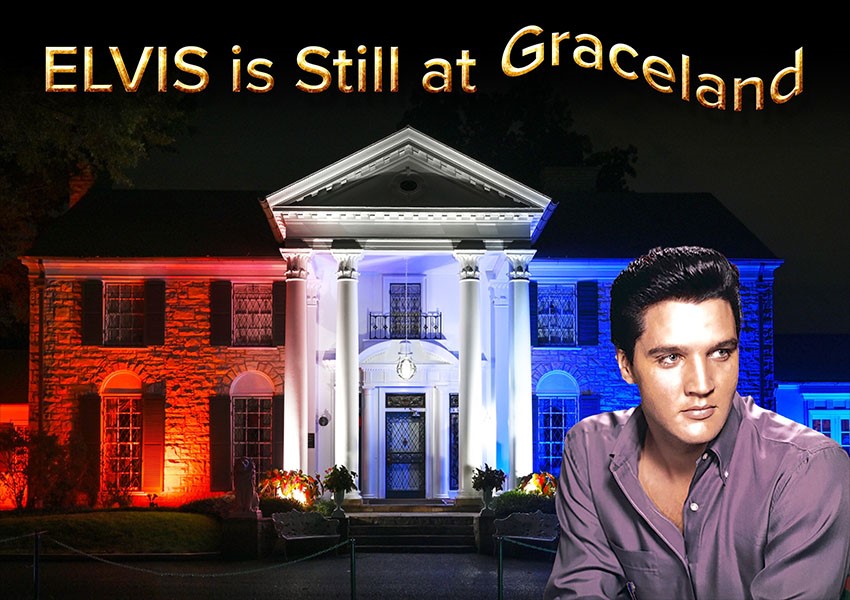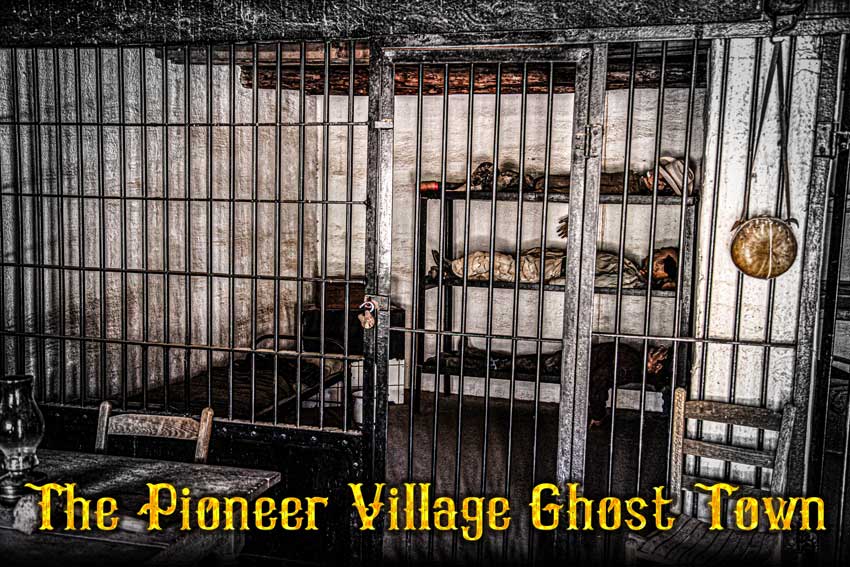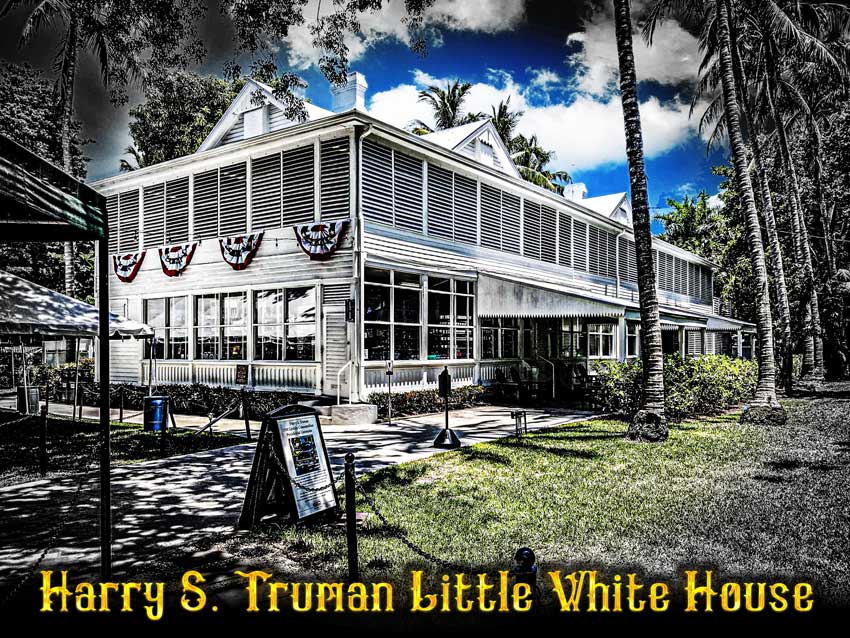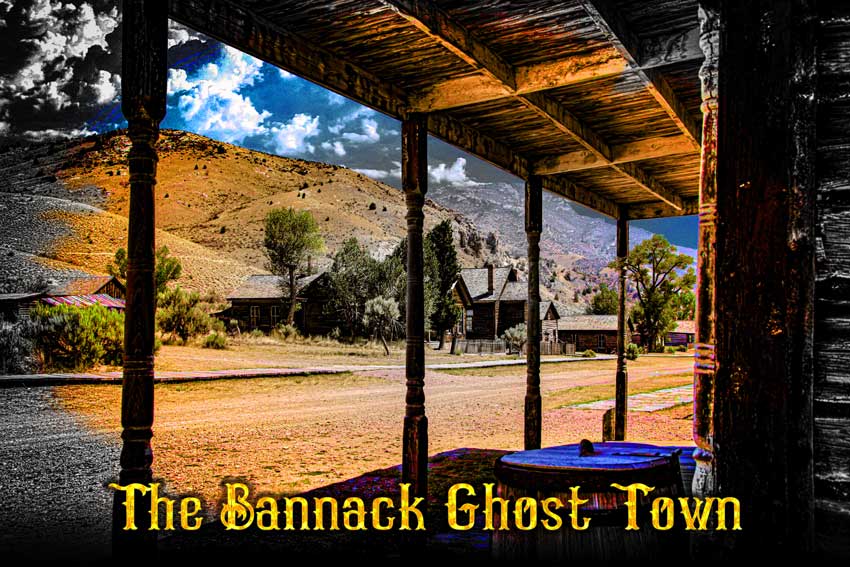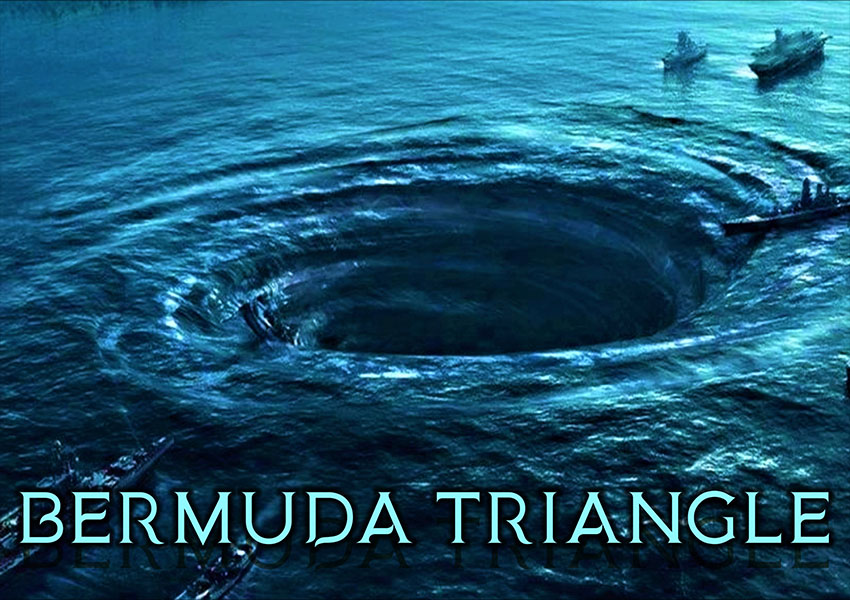Santa Barbara California
Santa Barbara Mission
The Mission Santa Barbara has a group of
spectral prayer warriors and a hands-on, spectral comforter.
Better not trespass here at night!
Suicide, murder and life’s tragedies have all caused restless spirits.
For a remaining original wall, its mortar was made with something creepy.
DESCRIPTION
“Queen of the Missions”
Located on twenty acres of prime land in Santa Barbara, Old Mission Santa Barbara was the tenth Californian mission built by Spanish Franciscans, and is truly a beautiful cathedral. What a glorious structure! It is the grandest California Mission built, thus earning its nickname, “Queen of the Missions”.
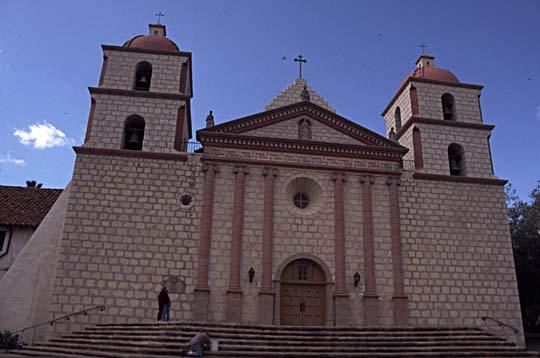
The Neoclassic facade was inspired by a mission archives copy of the Spanish edition of The Six Books of Architecture by Marcus Vitruvius Pollio, a Roman architect in 1st century B.C. The facade has twin towers with six bells. Its lovely, Moorish-inspired fountain was sculpted by mason and carpenter José Antonio Ramírez in 1808. Father Junipero Serra is honored with a prominent statue, as the founder of Mission Santa Barbara.
The mission buildings are laid out in the traditional quadrangle, with beautiful rose and flower gardens. Newer buildings were constructed to meet the needs of the various schools/college/seminary that have since been here.
The inside of the church is as impressive as the outside. It has huge ceilings, decorated with chandeliers, to light its immense space below, beautifully decorated with inspiring art, both Chumash and Mexican style. The church has plenty of room for original and noteworthy paintings and inspirational statues. Highlights include: an abalone-encrusted Chumash altar, made in the 1790s, two of the largest religiously inspired paintings by Mexican artists: Assumption and Coronation of the Virgin (acquired in 1798), The Crucifixion, inspiring tile designs, and an impressive area above the altar for statues and windows.
The graveyard is the final resting place for 5,000 former members; Chumash Indians and settlers. The richer Santa Barbara family crypts line the outside of the grassy tree area.
HISTORY
Though dedicated on a spring day in 1782 by Father Junipero Serra, the actual Mission Santa Barbara wasn’t built until 1786 because of the jealous Spanish Governor De Neve, who thought that the Franciscans gained too much power with each new mission built. De Neve had their funds cut through his connections with the very important Viceroy of Mexico. Father Serra left Santa Barbara a frustrated man and retired to the city of Carmel. One month before he died in 1784, the newly appointed governor told him that the funds had been authorized for the mission.
Father Serra’s successor, Father Lausen, went to Santa Barbara to start the mission there, picking a location about one and a half miles northeast of the Presidio fort. The ground was dedicated on the Feast of Santa Barbara on December 4th, 1786. Padre Antonio Paterna was put in charge, and the mission buildings were built on this hilly area called “Rocky Mound”. It was a prime spot with an inspiring view of the valley and channel.
Padre Paterna immediately began his ministry among the Chumash Indians and confirmed the first believers among them. By the time the Mission Santa Barbara, a well-constructed adobe with a red tile roof, was completed in 1789, the church congregation had grown by leaps and bounds and continued to do so, as Padre Paterna was doing a great job feeding their spiritual development, and their relationship with God.
Native Americans also learned many skills and ways to make a living. The Friars taught them the skills of growing food and from 1787 through 1834 they harvested 223,285 bushels of wheat, barley, corn, beans, peas, lentils, garbanzos, and broad beans. The Mission also had two vineyards, many kinds of fruit trees, as well as cattle, sheep, goats, pigs, mules and horses in great numbers. “In 1809, there were 5,200 head of cattle, and in 1803, 11,221 head of sheep. The Indians made adobes, tiles, shoes, and woolen garments, learned the trades of carpenter and mason, and became herdsmen and farmers.”
The Chumash also learned European music and performed during the services. “Church services were accompanied by an Indian choir and instrumental ensemble of violins, cellos, woodwinds, and brasses rather than an organ.”
While teaching the Chumash all these new skills, the Chumash also held onto their cultural arts and customs that didn’t conflict with Christianity.
The buildings of the Mission Santa Barbara also changed from their simple, humble beginnings. Because the church building had become too small just five years later in 1794, a larger edifice was constructed, the third of a series of adobe churches built to provide for the needs of their growing numbers of believers. It had six side chapels, as Mission Santa Barbara enjoyed success and was blessed with a peaceful, positive existence that provided much spiritual fruit as well as other accomplishments. But in 1812, the church was destroyed by a major earthquake, so it was back to the drawing board.
A new stone church was completed in 1820: it was 161 feet long, 42 feet high, and 27 feet wide. Initially, only one tower was built. In 1833, a second was added. This new version of Mission Santa Barbara remained in good shape for 125 years, until the quake of 1925. The damage took two years to repair. The people of Santa Barbara raised a boatload of money: almost $400,000, and this restoration was completed in 1927.
More troubles followed the Mexican revolt against Spain, after Mexico became independent in 1821. The conflict caused considerable friction between the Spanish Franciscan Friars and the now Mexican-controlled Presidio. While all the Friars were from Spain, the Mexican officials now in control of local government gave theirs soldiers the authority to police the Chumash Indians, without realizing what they were doing, setting up a revolt that didn’t need to happen. Uh Oh!
Mexican soldiers turned out to be cruel and nasty, and very violent toward the Chumash. Predictably, this harsh situation finally inspired a revolt in the Spring of 1824, when the Indians in three California missions (Mission Santa Barbara, Santa Ines, and La Purisima) took ill-fated action. Chumash Indians who lived at Mission Santa Barbara, broke into the mission’s armory, and overcame their tormentors, the mission guard. While only two soldiers were wounded, the retaliation against the Chumash was brutal, penalties of death were widely carried out, causing the Chumash to flee the mission.
The Franciscan Presidente at this time got the politicians to see the error of their ways, and a pardon for all the Chumash was granted six months later. The Chumash returned to Mission Santa Barbara.
At a time when most missions were secularized, to be sold for secular purposes, Mission Santa Barbara managed to remain an active church with services for the people, just long enough until the United States took over California after Mexico lost the Mexican-American War. Since then, the Mission has been in use continuously for 200 years,.
Two Friars took measures to keep the secularists at bay. Mission Santa Barbara was dearly loved, by the people of the city of Santa Barbara as well as the Chumash. To hinder its destruction, Francisco Garcia Diego y Moreno, the first Catholic Bishop of California, resided at this mission from 1842 to 1846. Though the buildings were sold, he correctly guessed that it would be difficult to kick out the Catholic Bishop
Plus, Fr. Narciso Duran moved all California mission records to Mission Santa Barbara, creating an important depository, which sent the message that this was a major Catholic Church for all the people, not just a mission church. As a result, the closing of the building as a church was delayed enough so that its Mexican owners never had the chance to take control.
In 1865, when President Lincoln gave Mission Santa Barbara back to the Catholic Church, it refused to give the Franciscan Friars complete ownership at first, but wisely did so later.
From 1865 through 1877, the Franciscans ran a high school and junior college for young men, serving both boarders and local youth. In 1896, a seminary was opened for young men who wanted to study for the priesthood. In 1901, it would become a separate entity, Saint Anthony’s Seminary. Until 1968, the School of Theology was located in the Mission Santa Barbara buildings.
Because the Mission Santa Barbara is in need of constant repair, it has been awarded a grant from the Save America’s Treasures program. One large project that looms in their near future, is the repair of the sandstone walls and pillars of the portico, which run along the front of the mission structure.
Other projects that need attention are the convent wing walls, which need repair, structural reinforcement of the entrance to the crypt beneath the church floor, replacement of the church solstice window to a more historically accurate style, tuck pointing of the mortar in the Lavandaria brickwork, and the restoration of important artifacts and artwork.
To receive this grant, Mission Santa Barbara needs to raise a minimum of 650,000 dollars to match funds. It has met a variety of challenges in its past, and with everyone’s help, will meet the requirements.
It is good to know that not all Presidio soldiers were jerks. They came from a variety of ethnic backgrounds: “Indian tribes of Mexico, Sephardic Jews, and Africans as well as Spaniards.” Some intermarried with the Chumash, as did other early settlers. Today many people of Santa Barbara trace their heritage to these mixed marriages.
HISTORY OF MANIFESTATIONS
Sometimes people who are called to serve the Lord or to serve in a public area, want to continue to do so, even if they are in spirit form. Past Friars involved in ministry at Mission Santa Barbara haven’t been retired just yet, seeing the needs of the living congregation and its leadership, despite being in spirit form.
Two entities, perhaps Spanish guards or Indians, apparently are still on duty. (See investigation below)
Spirits can be restless if their remains are not respected (by being moved, desecrated, or buried with no markers).
In the past, many Chamush Indian remains were dissolved in a lye pit located where the rose garden is now planted. When the mission was built, the lye was used in the mortar to cement bricks together. A wall that contains some of the original bricks still stands here.
The spirits of people that were killed in a mass group, whether from murder, war, or disease, are sometimes restless and make themselves known to those of this world. Many Chumash Indians died of European diseases brought to them either by the Spanish soldiers or by settlers. The Chumash had no immunity.
Many Chumash Indians and others died in the 1824 Chumash Indian uprising, a result of their miserable mistreatment at the hands of Spanish soldiers. After being so kindly treated by the Friars, harsh treatment wasn’t going to work.
The ruins of the old jail:
A female entity who was murdered in or near this building haunts the place of her demise, and is felt and seen as a cold, dark mist.
Feelings of dread are picked up by visitors near or in the ruins of the jail.
People who commit suicide often find that they have no relief from their distress and continue to have troubles on the other side.
An older man, Don Antonio fell in love with a lovely young woman. When she refused his proposal of marriage, he jumped to his death from the left tower.
MANIFESTATIONS
The Entity of a Franciscan Friar
When a woman was grieving in the church for her deceased child, he appeared as a solid entity and comforted her, before disappearing in front of the altar.
People have felt a gentle touch, as they walk through the museum, that was formerly the Friars’ quarters.
The apparition of a Friar is seen in the bedroom.
In the statue room, people have felt the gentle touch of an entity’s hands, one on each shoulder.
Entities of other hooded Friars
People have seen them praying in the chapel, perhaps for the present members, leadership of the clergy and the mission of this church.
People have felt cold spots in the museum and church, where there is no natural reason for them.
Entity of a Woman
Not much has been reported about her.
Her figure has been seen walking slowly around the various pathways through the tombstones. Perhaps she is looking for the grave of a loved one, or perhaps her own grave.
People have seen the shadows of presences traveling among the tombstones.
The Entity of a man who suicided – Don Antonio
Many have seen a dark apparition high in the left tower, usually spotted in the early dawn or late at dusk.
The Entities of Indians and pioneers
People walking around the gardens have felt overwhelmed by the number of unseen presences that surround them.
The Entities of two spirit people
Perhaps Spanish or Indian guards who help keep Mission Santa Barbara safe from people who are not supposed to be there, like wily ghost hunters; such as ZEROparanormal, and others who come when it is closed for the day.
STILL HAUNTED?
A big Yes Indeed! For a variety of reasons, entities can’t let go of this world; they try to work out their troubling emotions, or continue to do the service that they were highly dedicated to in their lives.
Through the years, many people have had personal experiences, seen entities, and heard them as well.
On August 22nd, 2015, two paranormal investigators, Dave and Jon, from ZEROparanormal, did a nighttime investigation of the ruins across the street from Santa Barbara, including the jail area and Indian burial place. In both locations, they caught some interesting male and female voices on their talking electronic voice devices.
On their walk down the arch walkway next to the church building, two light anomalies were caught on film, and they received two stern warnings: “Go!” and “Leave!”, from two different voices on their devices. A door suddenly closed and the sound of it latching shut was heard and caught on film.
Investigations by ghost hunter Richard Senate have caught hard evidence of the spirits here. He rates this mission as the most haunted of all the California missions.
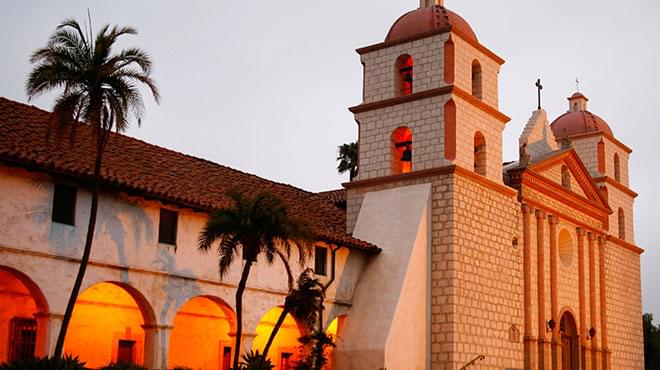
LOCATION
2201 Laguna Street
Santa Barbara CA 93105
(805) 682-4713 x166
To make a visit to Old Mission Santa Barbara, take US-101 to the Mission Street exit in Santa Barbara. On old Mission Street, turn: LEFT if southbound, or RIGHT if northbound. Follow Mission Street. for 0.9 miles. Turn left on Laguna Street.
SOURCES INCLUDE
- Santa Barbara Mission Wikipedia page
- Santa Barbara Mission home page
- California Missions Resource Center — Santa Barbara Mission page
- Santa Barbara Mission page at Athanasius.com
- Youtube video: Santa Barbara Mission ~ Paranormal Investigation 08/22/15
— Uploaded August 22, 2015 by Call4Zero - YouTube Video: Ghosts of Mission Santa Barbara
— Uploaded June 17, 2009 by HaintHunter
Our Haunted Paranormal Stories are Written by Julie Carr
Our Photos are copyrighted by Tom Carr

